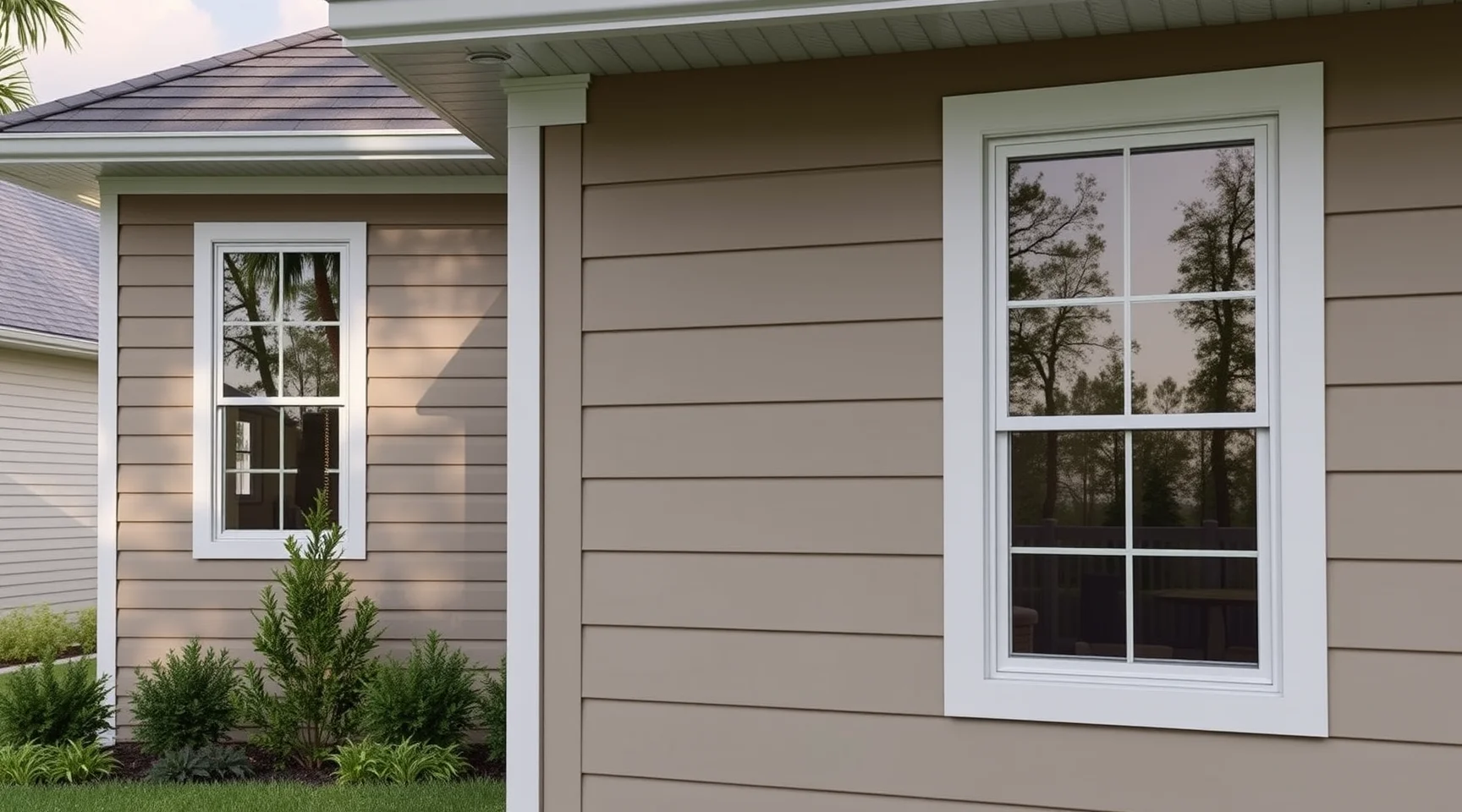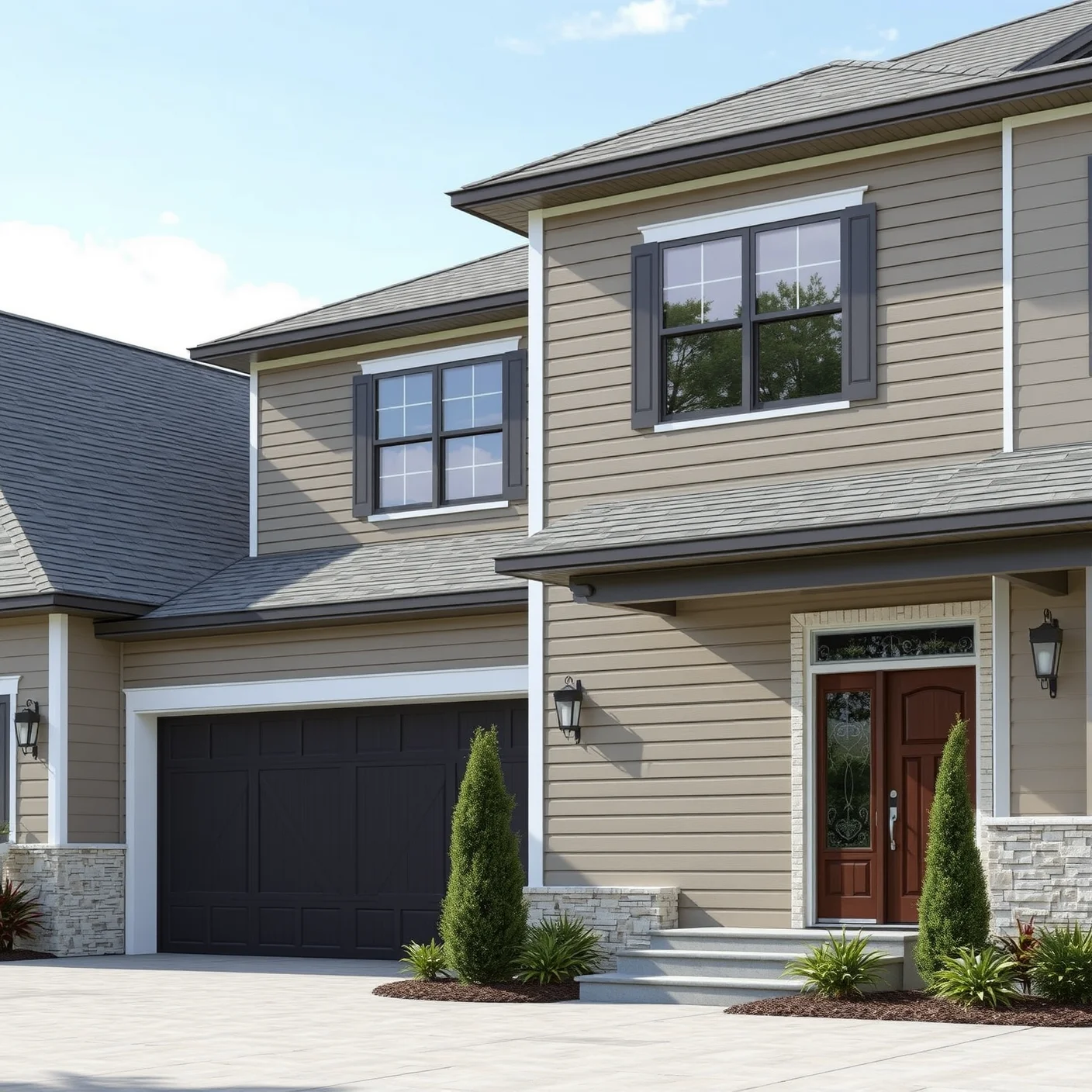
4 Soffit Exhaust Vent Installation & Benefits | Ultimate Guide
What Is a 4 Soffit Exhaust Vent and Why Is It Important?
Understanding the role of a 4 soffit exhaust vent is essential when aiming to improve your home’s ventilation system. These vents are crucial components of attic ventilation, helping to regulate temperature, reduce moisture buildup, and extend the lifespan of your roofing materials. They facilitate the escape of warm, moist air from your attic, creating a balanced airflow that prevents issues like mold growth, wood rot, and increased energy costs.
What Factors Should I Consider When Choosing a 4 Soffit Exhaust Vent?
Selecting the right 4 soffit exhaust vent involves evaluating several factors to ensure optimal performance. Here's what you need to think about:
Size and Compatibility: The vent must fit seamlessly with your existing soffit and roof structure. Proper sizing ensures effective airflow without causing leaks or structural issues.
Material Quality: Look for durable materials like aluminum or galvanized steel that resist corrosion and withstand harsh weather conditions.
Design and Aesthetics: Choose vents that complement your home's style while maintaining functionality. Some designs are discreet and blend seamlessly with your soffit, enhancing curb appeal.
Airflow Capacity: Ensure the vent allows enough airflow for your attic size. A vent that's too small won't adequately ventilate, while one that's too large might cause imbalance.
Installation Ease: Select a vent that can be installed easily, ideally with professional guidance if needed. Proper installation is critical for performance and longevity.
Energy Efficiency: Efficient vents contribute to reducing cooling and heating costs by maintaining a consistent attic temperature.
How Do I Determine the Right Size of a 4 Soffit Exhaust Vent for My Home?
Accurately sizing your 4 soffit exhaust vent depends on your attic's square footage and venting requirements. As a general rule, the US Department of Energy recommends one square foot of vent area per 300 square feet of attic floor space. However, upgrading or modifying your home may require tailored calculations. Consulting with a professional or referring to installation guidelines can ensure you select a vent that offers the perfect balance of intake and exhaust vents.
What Are the Differences Between Various Types of Soffit Vents?
Understanding the different types of soffit vents is essential for choosing the best 4 soffit exhaust vent. Here are common types:
Baffle Vents: These provide a continuous airflow pathway, ideal for attic ventilation with seamless integration.
Perforated Vents: These vents feature numerous small holes to facilitate passive airflow. They are often more affordable but less efficient.
Ridge Vents with Soffit Vents: Combined with ridge vents, they create a balanced venting system to promote consistent airflow.
Eggcrate Vents: These have a grid-like structure that offers moderate airflow and durability.
Choosing the right type involves assessing your roof structure, aesthetic preferences, and ventilation needs.
How To Ensure Proper Installation of Your 4 Soffit Exhaust Vent?
Proper installation is vital for your 4 soffit exhaust vent to function efficiently. Incorrect installation can lead to leaks, poor airflow, and decreased energy efficiency. Here are key points to consider:
Professional Assistance: Hire experienced contractors familiar with soffit vent installation to guarantee correct placement and sealing.
Follow Manufacturer Guidelines: Adhere strictly to the installation instructions provided with your vent product.
Seal All Penetrations: Proper sealing around the vent prevents water intrusion and attic air leaks.
Check Vent Positioning: Ensure the vents are strategically placed along soffits to maximize airflow and prevent blockages from insulation or debris.
Learn more about soffit vents in attics to appreciate their critical role in ventilation systems.
How Do I Balance Intake and Exhaust Vents for Optimal Home Ventilation?
Achieving a balanced ventilation system involves installing sufficient intake vents (usually located in the soffits) and exhaust vents (such as ridge or VertiVent systems). Proper balance prevents negative pressure that can pull in unconditioned air or cause moisture buildup. For most homes, a ratio of 50% intake to 50% exhaust is recommended, but this varies based on roof pitch, attic size, and climate conditions.
What Are Common Mistakes to Avoid When Selecting a 4 Soffit Exhaust Vent?
Choosing a vent that is too small for your attic size, resulting in inadequate airflow.
Installing vents without considering the overall ventilation system, leading to imbalances.
Ignoring material quality, which can cause premature deterioration.
Forgetting to properly seal or secure vents during installation, risking leaks or pest intrusion.
Neglecting maintenance—regular inspection and cleaning ensure ongoing efficiency.
How Can Lake Co Exteriors Help You Choose and Install Your Perfect 4 Soffit Exhaust Vent?
At Lake Co Exteriors, we specialize in providing expert guidance, quality products, and professional installation services to ensure your home's ventilation system performs optimally. Whether you're updating existing soffit vents or installing new ones, our team can assess your needs and help you select the best options tailored to your home’s structure and climate.
Need siding repair to finish your project? Check out our siding repair services in Lady Lake, Florida for a complete home upgrade.
Frequently Asked Questions (FAQs) About 4 Soffit Exhaust Vents
How Do I Know If My Home Needs a 4 Soffit Exhaust Vent?
If your attic is consistently hot or humid, or if you've noticed mold, mildew, or wood rot, your home likely needs improved ventilation. Proper soffit exhaust vents facilitate air exchange, reducing these issues. For a comprehensive assessment, consult with a ventilation specialist or visit our detailed guide on whether all homes need soffit ventilation.
Can I Install a 4 Soffit Exhaust Vent Myself?
While some homeowners choose to handle DIY projects, it's recommended to have a professional perform the installation to ensure efficiency, durability, and warranty compliance. Incorrect installation could compromise your system's effectiveness and cause costly damages later.
How Often Should I Inspect and Maintain My Soffit Vents?
Regular inspections twice a year—preferably in spring and fall—are advisable to check for blockages, debris, or damage. Cleaning accumulated dirt and replacing damaged components keeps your ventilation system functioning optimally year-round.
Conclusion
Choosing the right 4 soffit exhaust vent is instrumental in maintaining a healthy, energy-efficient home. By understanding your needs, assessing different vent types, and ensuring proper installation, you can significantly improve your attic's airflow and prevent costly issues down the line. Partner with Lake Co Exteriors for expert advice, high-quality products, and professional installation to achieve the best results for your home.
Remember, good ventilation is a key factor in extending the life of your roof, lowering energy costs, and creating a comfortable living environment. Take the time to select the right vent and maintain it properly—it’s an investment in your home's future.



















